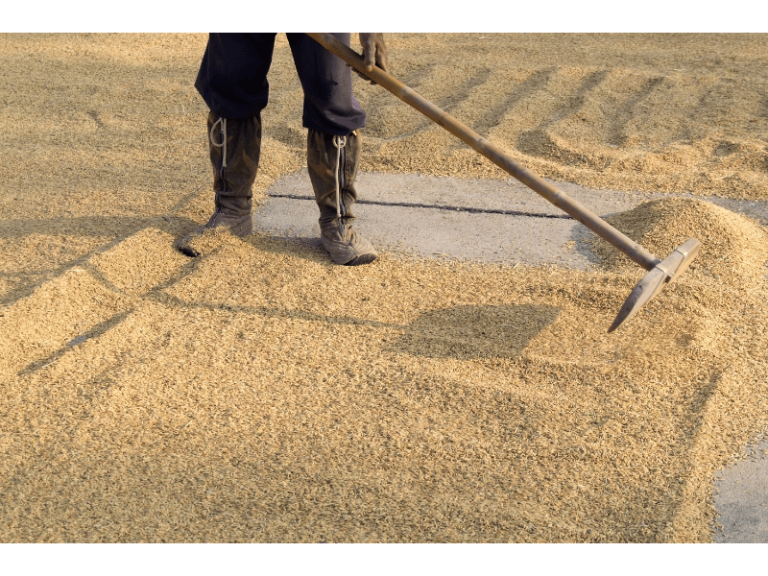Seeds are often sun-dried for 3-4 days before being stored in the warehouse. Prior to sowing, seeds are also frequently sun-dried for 1-2 days. Why is sun-drying necessary for seeds? What are the benefits of sun-drying seeds?
Just harvested seeds have a high moisture content, especially for crops harvested during rainy weather, where the moisture content of seeds can exceed 20%. If these seeds are stored without sun-drying, they can easily heat up in storage piles. This not only damages their germination capacity but can also lead to seed deterioration and rot. Sun-drying reduces the moisture content of seeds, induces dormancy, and decreases their respiratory activity. This ensures proper seed preservation and maintains their normal germination capacity.
Seeds often carry insect eggs and pathogens on their surface. Sun-drying is an effective method to prevent pest and disease outbreaks. For example, sun-drying can help prevent diseases like wheat head blight.
Sun-drying also offers the following benefits: Seeds mature in two stages—first, there is morphological maturity, known as seed maturity, followed by physiological maturity, known as embryo maturity. Seeds harvested are generally only morphologically mature, lacking physiological maturity, which reduces their vigor. Sun-drying after harvest helps seeds achieve physiological maturity.
Sun-drying seeds before sowing enhances embryo vigor, ensuring quick germination and uniform emergence of seedlings.

